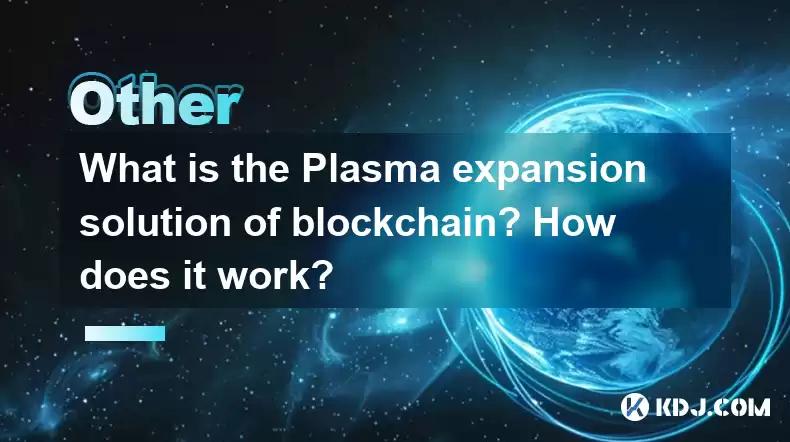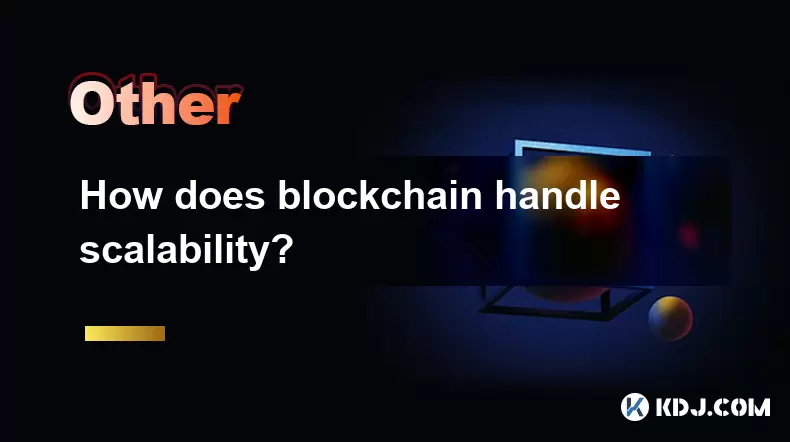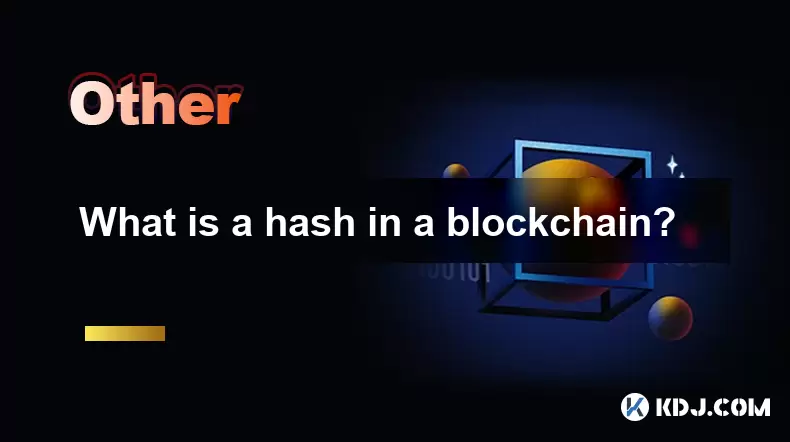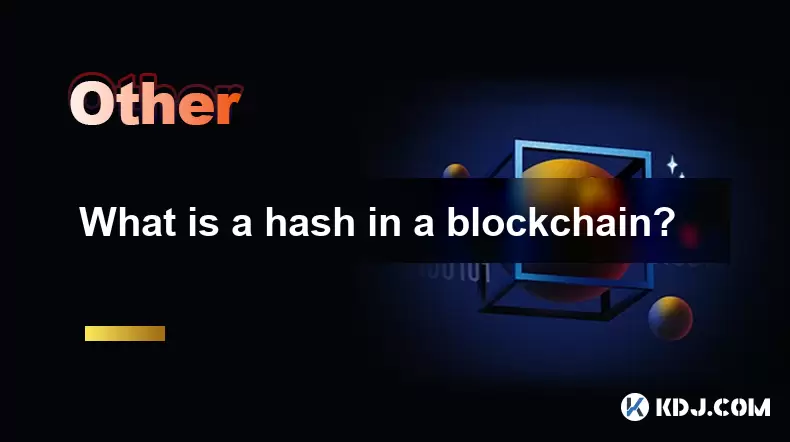-
 Bitcoin
Bitcoin $113900
-1.39% -
 Ethereum
Ethereum $3517
-4.15% -
 XRP
XRP $3.009
1.59% -
 Tether USDt
Tether USDt $0.9997
-0.04% -
 BNB
BNB $766.8
-1.41% -
 Solana
Solana $164.6
-2.38% -
 USDC
USDC $0.9998
-0.02% -
 TRON
TRON $0.3277
0.65% -
 Dogecoin
Dogecoin $0.2023
-1.67% -
 Cardano
Cardano $0.7246
0.05% -
 Hyperliquid
Hyperliquid $38.27
-4.77% -
 Sui
Sui $3.528
-0.52% -
 Stellar
Stellar $0.3890
-0.73% -
 Chainlink
Chainlink $16.16
-2.69% -
 Bitcoin Cash
Bitcoin Cash $539.9
-4.38% -
 Hedera
Hedera $0.2425
-2.00% -
 Avalanche
Avalanche $21.71
-0.97% -
 Toncoin
Toncoin $3.662
5.73% -
 Ethena USDe
Ethena USDe $1.000
-0.02% -
 UNUS SED LEO
UNUS SED LEO $8.964
0.35% -
 Litecoin
Litecoin $107.7
2.33% -
 Shiba Inu
Shiba Inu $0.00001223
-0.40% -
 Polkadot
Polkadot $3.617
-0.97% -
 Uniswap
Uniswap $9.052
-2.49% -
 Monero
Monero $295.1
-3.79% -
 Dai
Dai $0.9999
0.00% -
 Bitget Token
Bitget Token $4.315
-1.85% -
 Pepe
Pepe $0.00001060
0.11% -
 Cronos
Cronos $0.1342
-2.72% -
 Aave
Aave $256.0
-0.87%
What is the Plasma expansion solution of blockchain? How does it work?
Plasma is a blockchain scaling solution that uses child chains to offload transactions, enhancing scalability and reducing fees while maintaining decentralization.
Apr 28, 2025 at 10:35 am

What is the Plasma expansion solution of blockchain? How does it work?
The blockchain technology has revolutionized the way we think about data storage and transfer. One of the critical challenges it faces is scalability. As more transactions are added to the blockchain, the network can become congested, leading to slower transaction times and higher fees. To address this issue, several scaling solutions have been developed, and one of the most promising ones is Plasma.
What is Plasma?
Plasma is a framework for creating scalable, secure, and decentralized applications on the blockchain. It was first proposed by Joseph Poon and Vitalik Buterin in 2017 as a way to enhance the scalability of Ethereum. Plasma operates by creating a network of child chains that run parallel to the main blockchain. These child chains, also known as Plasma chains, handle the bulk of transactions, thereby reducing the load on the main chain.
How Does Plasma Work?
The core idea behind Plasma is to offload transactions from the main blockchain to smaller, more manageable chains. Here’s a detailed look at how Plasma operates:
Creation of Plasma Chains: Plasma chains are created as separate blockchains that are anchored to the main blockchain. Each Plasma chain has its own set of rules and can process transactions independently.
Transaction Processing: Transactions occur on the Plasma chains rather than the main blockchain. This allows for faster transaction processing and lower fees since the Plasma chains are less congested than the main chain.
Security and Fraud Proofs: To ensure the security of transactions on Plasma chains, a mechanism called fraud proofs is used. If a malicious actor attempts to manipulate transactions on a Plasma chain, users can submit a fraud proof to the main blockchain, which can then take corrective action.
Withdrawal Mechanism: Users can withdraw their assets from Plasma chains back to the main blockchain. This process involves submitting a withdrawal request on the Plasma chain and waiting for a challenge period to ensure the validity of the transaction.
Benefits of Plasma
Plasma offers several advantages that make it an attractive solution for blockchain scalability:
Scalability: By moving transactions off the main blockchain, Plasma significantly increases the number of transactions that can be processed per second.
Lower Fees: Since Plasma chains handle the bulk of transactions, users can enjoy lower transaction fees compared to those on the main blockchain.
Decentralization: Plasma maintains the decentralized nature of blockchain technology. Each Plasma chain can operate independently, reducing the reliance on a single point of failure.
Use Cases of Plasma
Plasma has a wide range of potential applications within the blockchain ecosystem:
Gaming: Plasma can be used to create scalable gaming platforms where transactions, such as in-game purchases or asset transfers, can be processed quickly and cheaply.
Decentralized Exchanges (DEXs): Plasma can enable the creation of decentralized exchanges that can handle high volumes of trades without the need for a centralized intermediary.
Supply Chain Management: By using Plasma, supply chain management systems can process transactions related to the movement of goods more efficiently and securely.
Challenges and Limitations
While Plasma offers significant benefits, it also comes with its own set of challenges and limitations:
Complexity: Implementing Plasma requires a high level of technical expertise. The creation and management of Plasma chains can be complex and resource-intensive.
Security Concerns: While fraud proofs help maintain the security of Plasma chains, there is still a risk of vulnerabilities that could be exploited by malicious actors.
User Experience: The withdrawal process from Plasma chains to the main blockchain can be cumbersome and time-consuming, which may impact the overall user experience.
Implementing Plasma: A Step-by-Step Guide
For those interested in implementing Plasma, here is a detailed guide on how to set up a Plasma chain:
Choose a Platform: Select a blockchain platform that supports Plasma, such as Ethereum. Ensure that you have the necessary tools and resources available.
Design the Plasma Chain: Define the rules and parameters of your Plasma chain. This includes deciding on the consensus mechanism, transaction format, and any specific features you want to implement.
Deploy the Smart Contract: Create and deploy a smart contract on the main blockchain that will serve as the anchor for your Plasma chain. This smart contract will manage the creation and validation of blocks on the Plasma chain.
Set Up the Plasma Chain: Use the deployed smart contract to create the Plasma chain. This involves initializing the chain and setting up the necessary infrastructure to process transactions.
Test the System: Before going live, thoroughly test the Plasma chain to ensure that it functions as intended. This includes testing transaction processing, fraud proofs, and the withdrawal mechanism.
Launch the Plasma Chain: Once testing is complete, launch the Plasma chain and begin processing transactions. Monitor the chain closely to ensure that it operates smoothly and securely.
Maintain and Update: Regularly maintain and update the Plasma chain to address any issues that arise and to implement new features or improvements.
Frequently Asked Questions
Q: Can Plasma be used with any blockchain platform?
A: While Plasma was initially proposed for Ethereum, the concept can be adapted to other blockchain platforms. However, the implementation details may vary depending on the specific platform and its capabilities.
Q: How does Plasma differ from other scaling solutions like sharding?
A: Plasma and sharding are both scaling solutions, but they operate differently. Plasma uses child chains to offload transactions from the main blockchain, while sharding divides the main blockchain into smaller pieces (shards) that can process transactions in parallel. Plasma is more suited for applications that require a high degree of decentralization, while sharding is better for improving the overall throughput of the main blockchain.
Q: Is Plasma suitable for all types of blockchain applications?
A: Plasma is particularly well-suited for applications that require high transaction volumes and can benefit from lower fees. However, it may not be the best choice for applications that require frequent interactions with the main blockchain or those that need to ensure instant finality of transactions.
Q: How can users ensure the security of their assets on a Plasma chain?
A: Users can ensure the security of their assets on a Plasma chain by regularly monitoring the chain for any suspicious activity and by promptly submitting fraud proofs to the main blockchain if they detect any malicious behavior. Additionally, choosing a well-maintained and reputable Plasma chain can help mitigate security risks.
Disclaimer:info@kdj.com
The information provided is not trading advice. kdj.com does not assume any responsibility for any investments made based on the information provided in this article. Cryptocurrencies are highly volatile and it is highly recommended that you invest with caution after thorough research!
If you believe that the content used on this website infringes your copyright, please contact us immediately (info@kdj.com) and we will delete it promptly.
- Bitcoin, XRP, and the Price Drop Blues: What's Shakin' in Crypto?
- 2025-08-03 00:30:12
- Bank of America, Ripple, and RLUSD: A New Era in Digital Finance?
- 2025-08-03 00:30:12
- Bitcoin Strategy: Saylor's Not Hoarding, He's Building an Empire
- 2025-08-02 22:30:12
- Bitcoin Bloodbath: Macro Pressures and Liquidations Unleash Crypto Chaos
- 2025-08-02 22:30:12
- Tron, Cold Wallets, and Crypto Trends: What's Hot in the Market?
- 2025-08-02 23:10:12
- Bitcoin's Wild Ride: Davinci, Investors, and the $500K Dream
- 2025-08-02 23:50:12
Related knowledge

What is the difference between on-chain and off-chain transactions?
Aug 02,2025 at 04:22pm
Understanding On-Chain TransactionsOn-chain transactions refer to digital asset transfers that are recorded directly on a blockchain ledger. These tra...

What is the double-spending problem and how does blockchain prevent it?
Aug 02,2025 at 01:07pm
Understanding the Double-Spending ProblemThe double-spending problem is a fundamental challenge in digital currency systems where the same digital tok...

What is the difference between a blockchain and a database?
Aug 01,2025 at 09:36pm
Understanding the Core Structure of a BlockchainA blockchain is a decentralized digital ledger that records data in a series of immutable blocks linke...

How does blockchain handle scalability?
Aug 02,2025 at 02:58pm
Understanding Blockchain Scalability ChallengesBlockchain scalability refers to a network's ability to handle an increasing volume of transactions wit...

What is a hash in a blockchain?
Aug 02,2025 at 05:28am
Understanding the Concept of Hash in BlockchainA hash in the context of blockchain technology refers to a unique digital fingerprint generated by a cr...

What is a hash in a blockchain?
Aug 02,2025 at 04:43am
Understanding the Concept of Hash in BlockchainA hash in the context of blockchain technology refers to a unique digital fingerprint generated by a cr...

What is the difference between on-chain and off-chain transactions?
Aug 02,2025 at 04:22pm
Understanding On-Chain TransactionsOn-chain transactions refer to digital asset transfers that are recorded directly on a blockchain ledger. These tra...

What is the double-spending problem and how does blockchain prevent it?
Aug 02,2025 at 01:07pm
Understanding the Double-Spending ProblemThe double-spending problem is a fundamental challenge in digital currency systems where the same digital tok...

What is the difference between a blockchain and a database?
Aug 01,2025 at 09:36pm
Understanding the Core Structure of a BlockchainA blockchain is a decentralized digital ledger that records data in a series of immutable blocks linke...

How does blockchain handle scalability?
Aug 02,2025 at 02:58pm
Understanding Blockchain Scalability ChallengesBlockchain scalability refers to a network's ability to handle an increasing volume of transactions wit...

What is a hash in a blockchain?
Aug 02,2025 at 05:28am
Understanding the Concept of Hash in BlockchainA hash in the context of blockchain technology refers to a unique digital fingerprint generated by a cr...

What is a hash in a blockchain?
Aug 02,2025 at 04:43am
Understanding the Concept of Hash in BlockchainA hash in the context of blockchain technology refers to a unique digital fingerprint generated by a cr...
See all articles

























































































